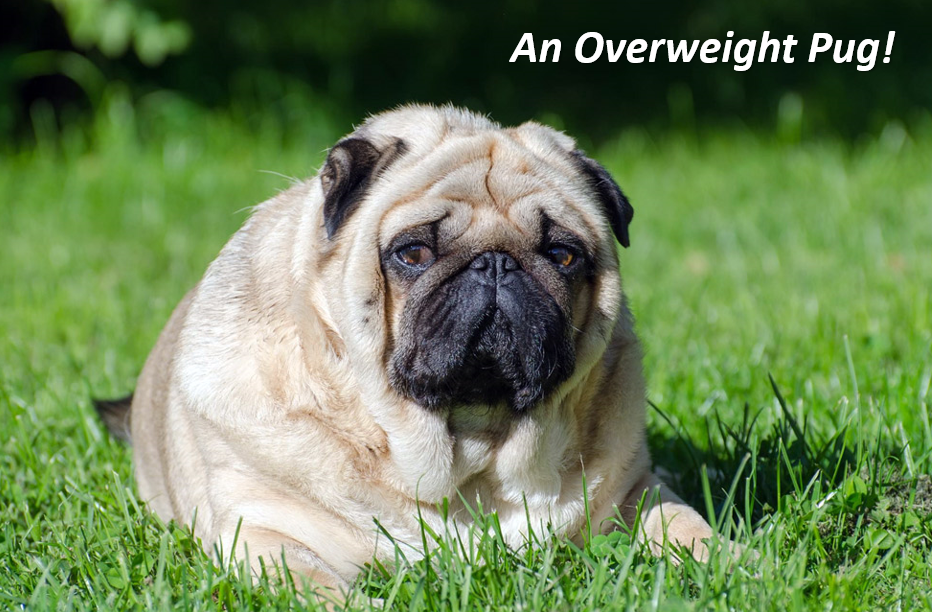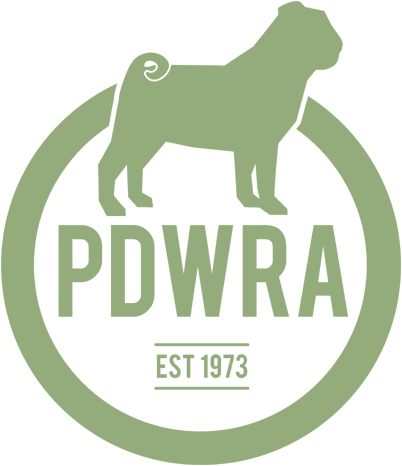
Fit not Fat!
It is always worth taking the time to have a good look at our pugs – without rose tinted glasses, to ensure they are FIT not FAT!
During particular times of the year especially, like winter or Christmas, periods for comfort eating or over-indulgence, please be extra vigilant that your pug/s aren’t included in that, with too many extra treats or richer, fattier foods as it’s difficult to notice if/when, they have gained extra weight.
Pugs can put on weight so easily!
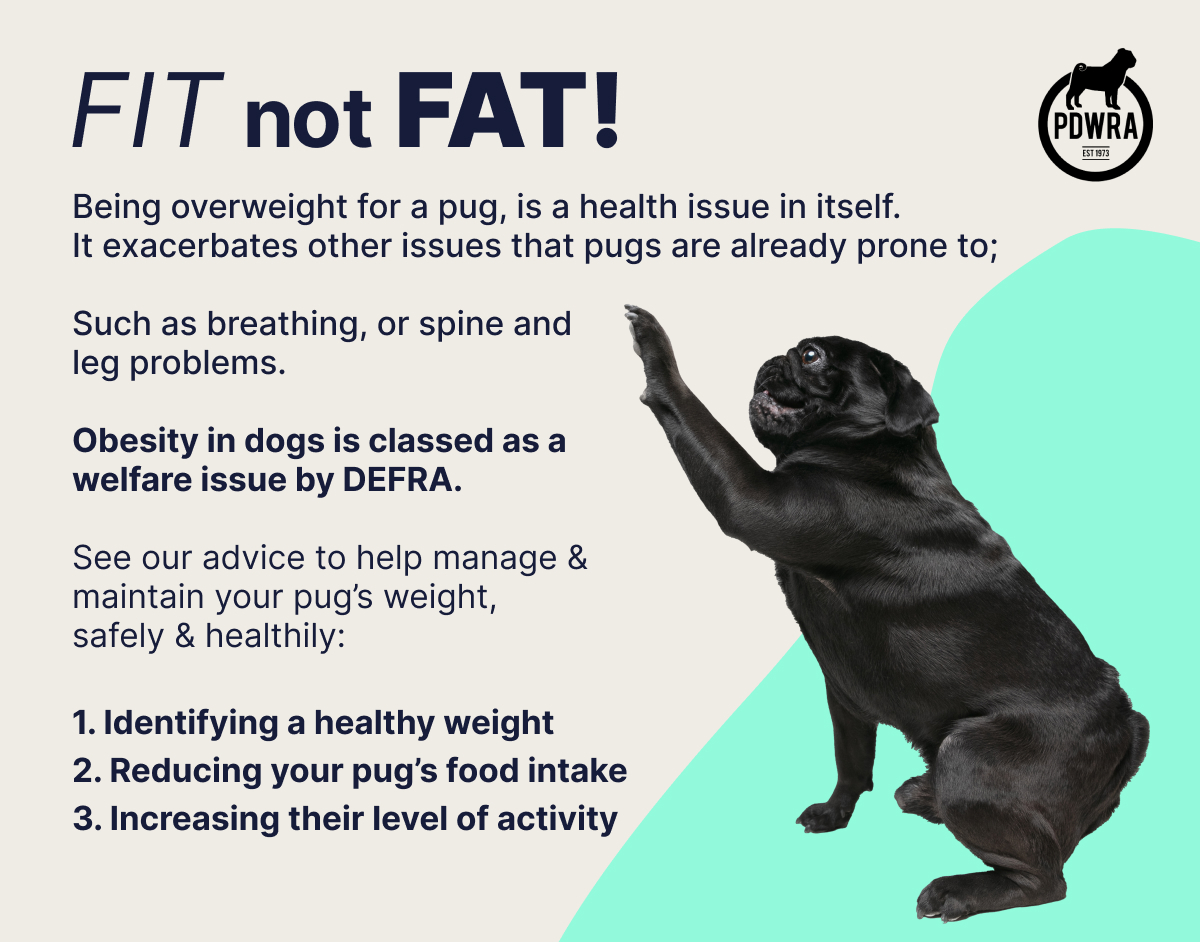
Pugs can live up to 15 years of age and most will have health issues along the way, plus the breed is particularly prone to weight gain. Therefore the correct amount and quality of food, as well as regular exercise, is an important formula to keeping them fit and healthy.
It is important that you do not overfeed your pug as an overweight pug will find it difficult to sustain any form of exercise. They love their food, and unfortunately many of us are guilty of overindulging our beloved (and demanding) pugs by giving them extra treats and titbits from our food. Sadly, this means we could be killing them with kindness.
Correct feeding and exercise are vital to enable your pug to live a healthy and happy life.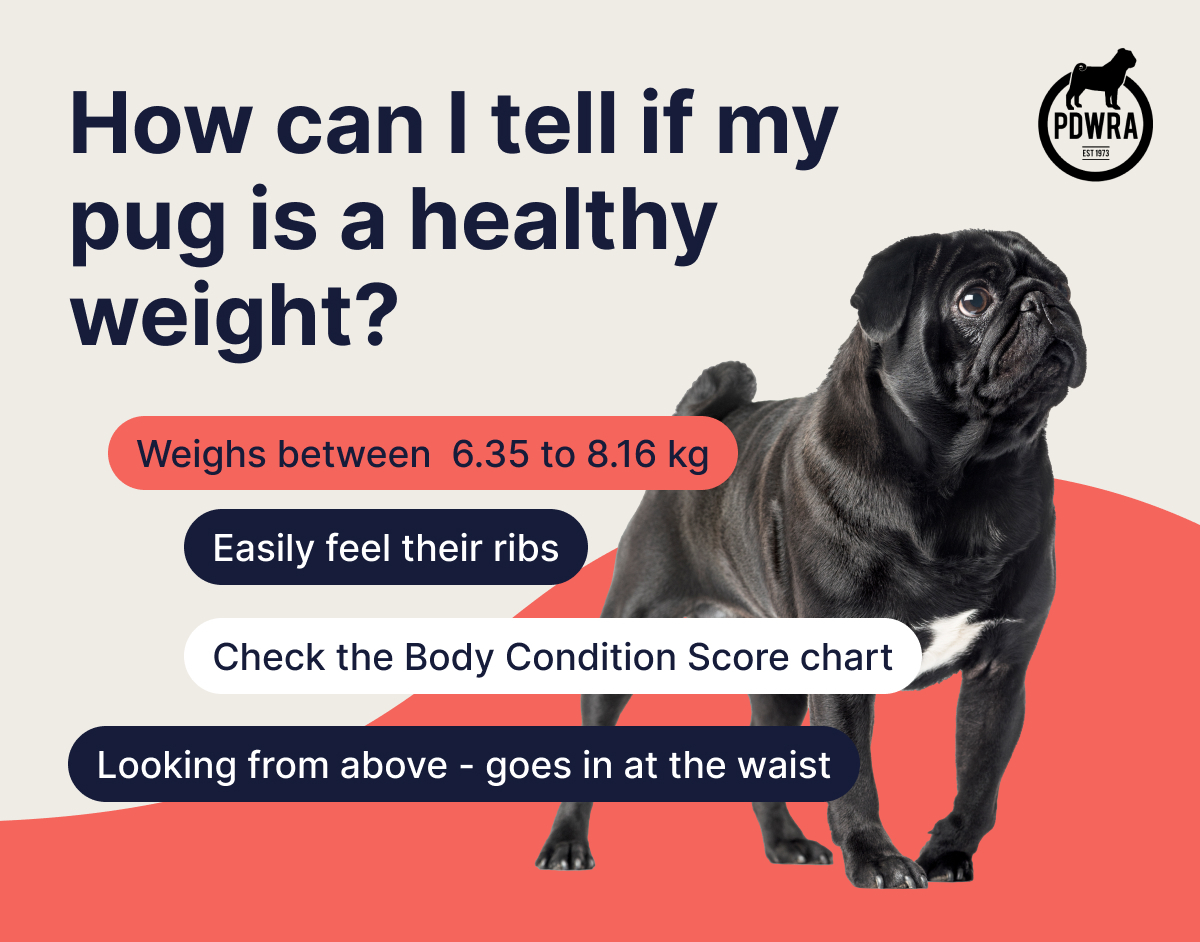
All pugs are different, so there won’t be an ideal weight for the breed as a whole, although the Kennel Club Breed Standard states pugs should be 14 to 18 lbs, equivalent to 6.35 to 8.16kg, and males can be larger than females.
What you need to do is establish an ideal weight for your pug based on its overall size, age and lifestyle. This may be best done with the help of your vet who can weigh them and advise you, and also confirm there are no underlying health issues.
If your pugs are looking a little chubby, it’s really important to act NOW as excess weight can have a big impact on their breathing, joints and mobility, amongst other things and especially before the summer months arrive.
As an owner/carer, you have a responsibility to keep your pug at the correct Body Condition Score (BCS) as this can severely impact on their health.
Devised by Cambridge University BOAS Research Group this chart is an excellent reference to see what score your pug relates to, and where they need to be! It shows how pugs look, rather than being weight-specific.
This chart is issued by the University of Cambridge (2017 Copyright) and shows us how our pugs should look.
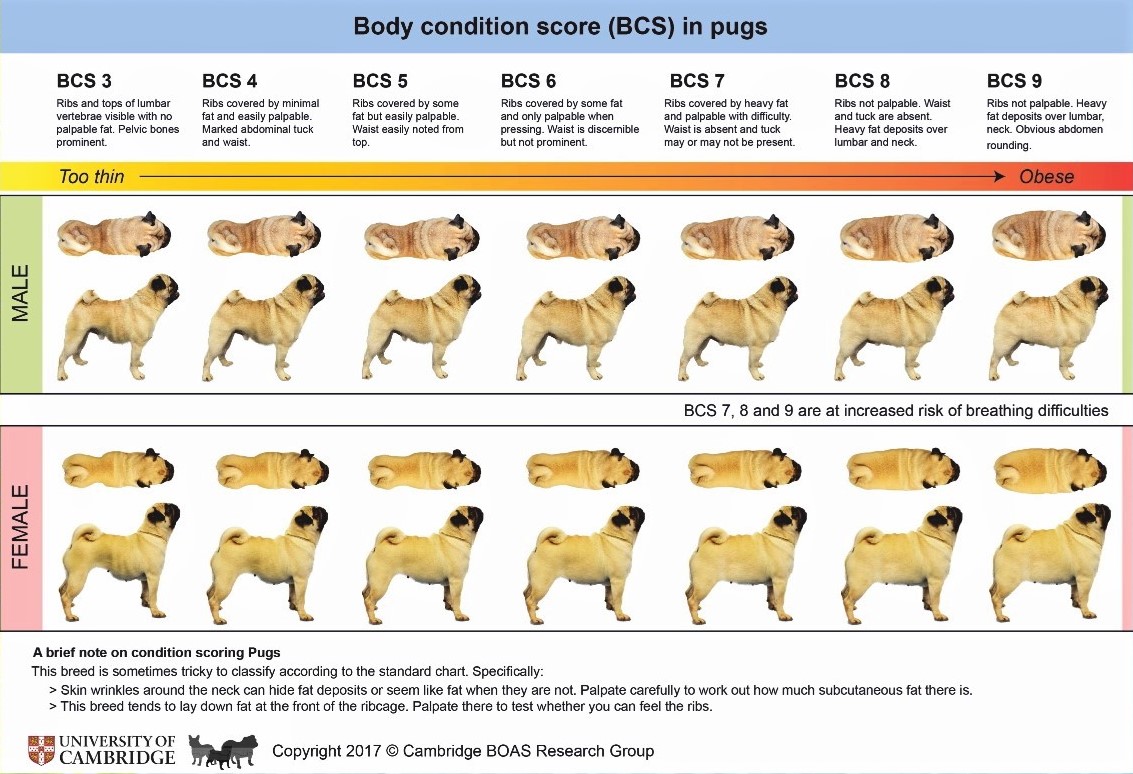
A Body Condition Score (BCS) should ideally be around 5 out of 9.
As you can see by the illustrations, 5 is fairly slim.
Excess fat is usually stored around the pug’s neck which can adversely affect their breathing, as well as over their vital organs such as the heart and lungs and can cause diseases such as cancers and diabetes.
Being too heavy will also put extra pressure on their spine and joints such as knees and shoulders.
So, what can we do? Firstly, check to see if your pug is overweight – have a look at their profile/shape from above. If they go in at the waist and you can easily feel their ribs, they are active and lively, that probably means he/she is a good weight.
If they are parallel from shoulder to hips, with a large neck and you can’t feel their ribs, they pant a lot during exercise even walking, then they will most likely need to lose weight.
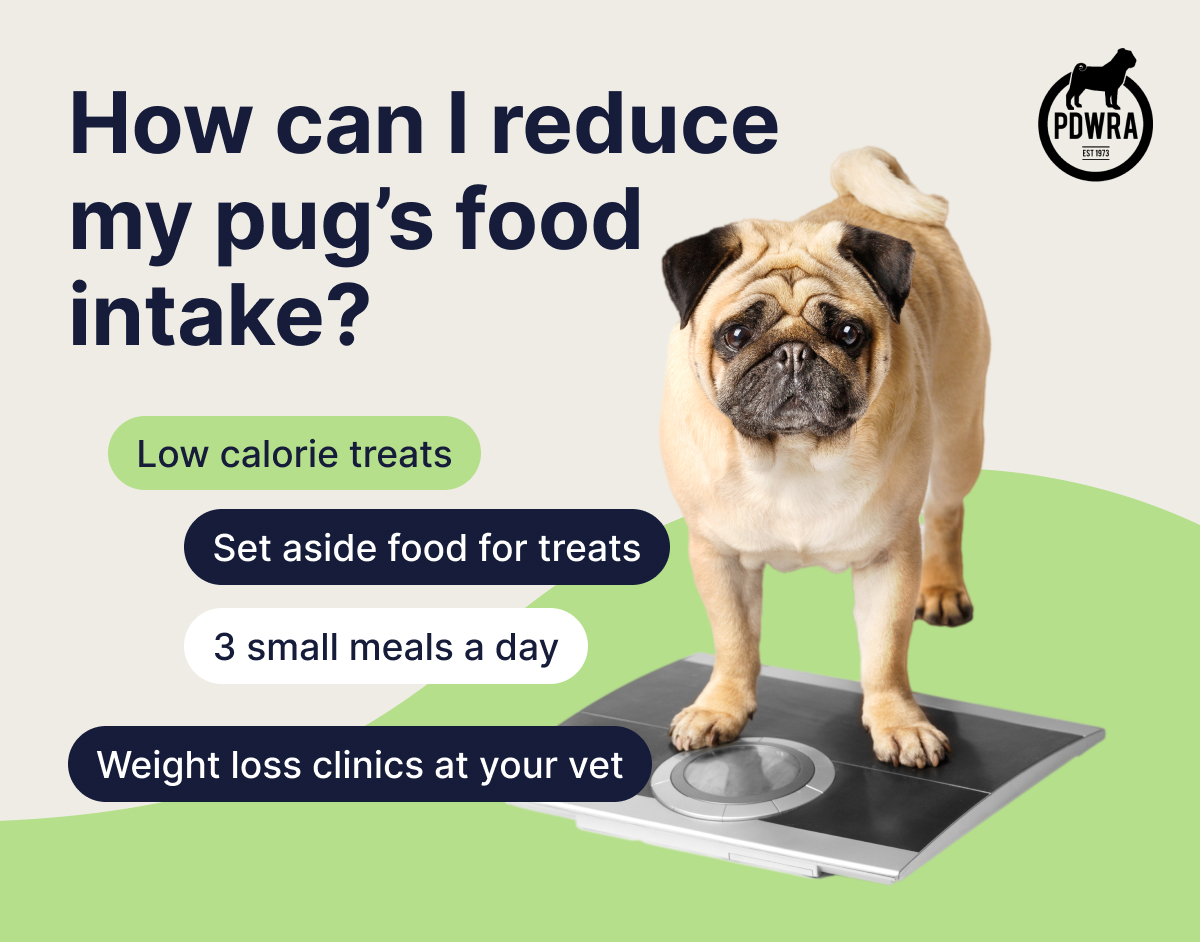
Once you have established that your pug needs to lose weight and it is safe to do so, you will need to make a plan of how to achieve it with reduced food intake and increased exercise.
Start by making a food diary of everything your dog eats – remember to include all meals, treats and titbits that anyone in the family gives to them!
You can then set about deciding the best way forward to achieve their target weight!
It may be that they are being given far too many titbits and extras and if you cut those out, it may be sufficient for weight loss.
If not, and you also need to cut down your pug’s meals, do so significantly or they will not lose weight, maybe even by half – always weigh the food so you keep a tight control on what you are giving them. It’s easy to be fooled by eye alone. Also, swap to a low calorie dog food which is available commercially, such as Hill’s light (they have in regular as well as senior).
Top Tips:
- It’s important to remember, treats like Dental Sticks are very high in calories so you may want to swap them for carrot, cucumber or apple.
- Consider dividing your dogs’ daily food allowance into 3 small meals to try and curb your pug’s hunger
- Set aside some of your dog’s daily food allowance to use as treats
- Many vets have Weight Loss Clinics to help and support you – free of charge
- Aim for safe (not rapid) weight loss
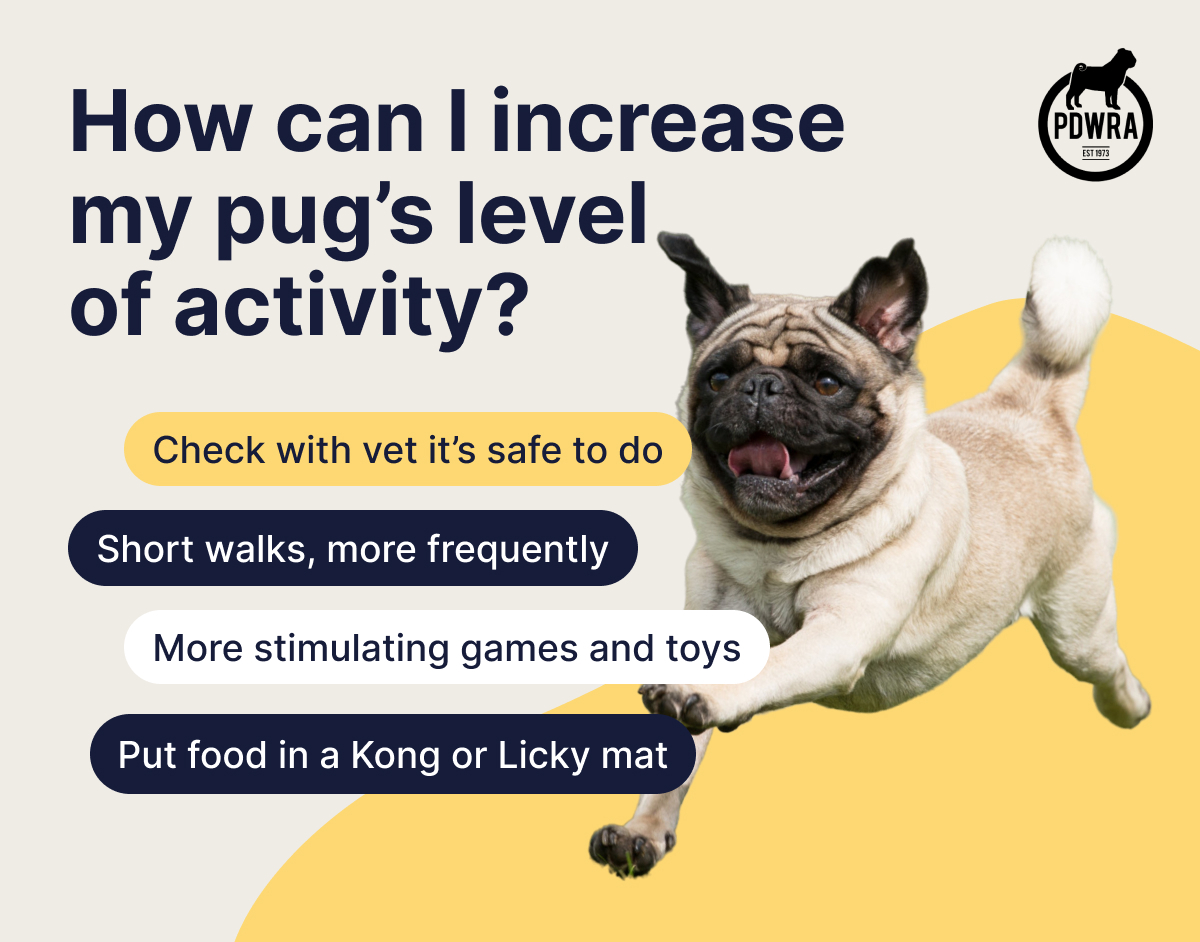
Daily exercise is encouraged while keeping an eye on any potential breathing problems or health issues as this will differ from pug to pug.
While they are happy to have frequent siestas, they will be even happier and healthier with regular daily exercise.
Pugs are lively and intelligent so will enjoy both physical and mental stimulation. Off the lead exercise and game play in a secure area will benefit them greatly.
Once you have checked with your vet it is safe to do so, try and start to increase your pug’s exercise – little and often is best!
Short walks, but more of them is preferable to start with and always during the coolest part of the day. As pugs are a brachycephalic breed they are extra sensitive to heat.
In hotter summer months exercise should be confined to cool early mornings or late evenings.
Top Tips:
- Put their food in a Kong or Licky Mat so they have to ‘work’ for it.
- Teach your dog some tricks using titbits from their daily allowance – physical and mental exercise!
- Try ‘activity’ toys using titbits from their daily allowance.
- Play games inside or in the garden, such as hide and seek or fetch.
- Meet up with friends at the park so he has some doggy companions to engage with.
Once your pug starts to lose weight, they will feel better and have more energy – they will probably play more, enjoy life a lot more and live a healthier, longer life!
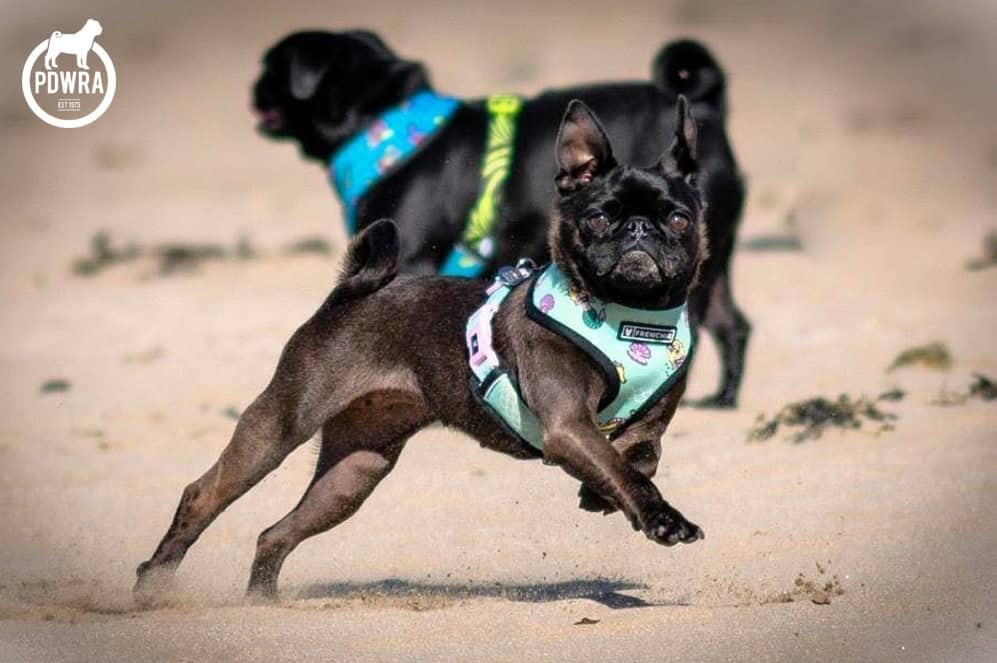
*******
For further advice from PDWRA’s vet advisor, Helen McKee, on pug weight, please go to:
https://pugwelfare-rescue.org.uk/pdwras-vet-advice-on-pug-weight/
*******
For other information on pug health, and how weight can impact so many areas of a pug’s health and welfare, please see:
https://pugwelfare-rescue.org.uk/pug-health/
Also, for reference, pug health information by the Pug Breed Council Health Subcommittee who work closely with the Kennel Club:
www.pughealth.org.uk

